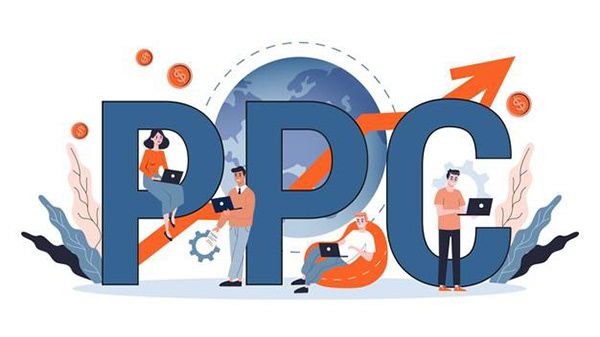"Beginner’s Guide to PPC Advertising" – Explain the basics of pay-per-click ads and how to optimize campaigns.

Beginner’s Guide to PPC Advertising
Pay-per-click (PPC) advertising is a digital marketing model where advertisers pay a fee each time their ad is clicked. It’s a way of buying visits to your site rather than earning them organically. The most popular PPC platform is Google Ads, but other platforms like Bing Ads, Facebook Ads, and LinkedIn Ads also offer PPC options.
How PPC Works
Advertisers bid on keywords – You select keywords relevant to your business and set a bid amount for how much you’re willing to pay per click.
Ads appear in search results or on websites – When a user searches for a keyword you’ve targeted, your ad competes in an auction against other advertisers.
Ad placement depends on Ad Rank – Google Ads uses Ad Rank (based on bid amount, quality score, and expected impact of ad extensions) to determine ad position.
You pay only when someone clicks your ad – If no one clicks, you don’t pay, but if users engage, you’re charged based on your bid strategy.
Types of PPC Ads
Search Ads – Appear on search engine results pages (SERPs) for specific keywords.
Display Ads – Appear on websites in Google’s Display Network with images and banners.
Shopping Ads – Showcase product images, prices, and descriptions in Google Shopping.
Video Ads – Displayed on YouTube and other platforms.
Social Media Ads – PPC ads on Facebook, Instagram, LinkedIn, and Twitter.
How to Optimize PPC Campaigns.
1. Keyword Research & Selection
Use tools like Google Keyword Planner to find high-performing keywords.
Focus on high-intent keywords that indicate a strong likelihood of conversion.
Use negative keywords to filter out irrelevant traffic.
2. Write Compelling Ad Copy
Include a clear call-to-action (CTA) (e.g., “Buy Now,” “Sign Up Today”).
Highlight unique selling points (e.g., discounts, free shipping).
Use ad extensions like site links and callouts to increase visibility.
3. Optimize Landing Pages
Ensure the landing page is fast-loading, mobile-friendly, and relevant to the ad.
Use clear headlines, compelling visuals, and strong CTAs to drive conversions.
Minimize distractions and ensure a seamless user experience.
4. Monitor & Adjust Campaigns Regularly
Track key metrics like click-through rate (CTR), conversion rate, and cost per acquisition (CPA).
A/B test different ad copies, headlines, and landing pages.
Adjust bids based on performance data and competitor analysis.
5. Use Retargeting & Audience Targeting
Retarget visitors who didn’t convert using Google Remarketing or Facebook Pixel.
Create audience segments based on demographics, interests, and behavior.
Optimize ad placements to target the most relevant users.
